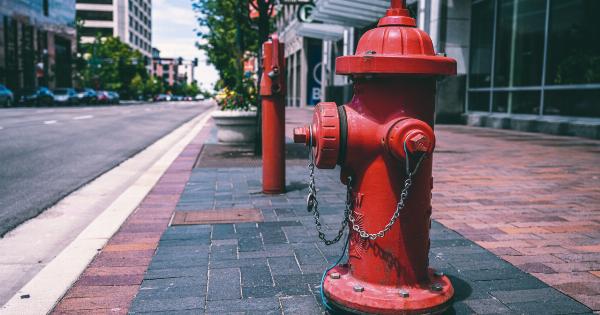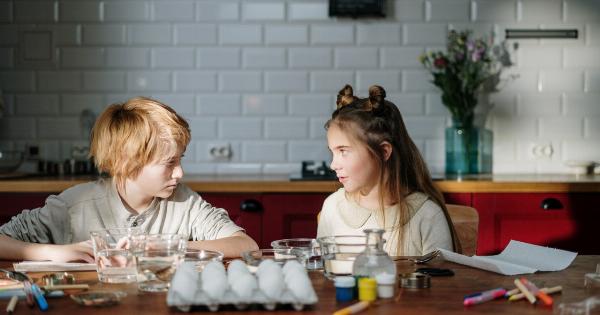As a parent, one of the most important things you can do to keep your child safe is to childproof your home. Children are curious and love to explore. However, this natural curiosity can lead to accidents if your home is not properly childproofed.
In this article, we will provide you with tips on how to childproof your home and prevent accidents.
1. Secure Furniture and Appliances
Heavy furniture and large appliances such as televisions and water heaters can be dangerous for children if they are not properly secured. Furniture and appliances can tip over and potentially cause serious injuries.
Make sure that all furniture and appliances are secured to the wall to prevent them from falling over.
2. Install Safety Gates
Safety gates are essential for homes with young children. Place safety gates at the top and bottom of stairways and in doorways to keep your child from accessing areas that may be unsafe.
When choosing a safety gate, look for one that is sturdy and has a secure locking mechanism.
3. Cover Electrical Outlets
Your child may be curious about electrical outlets and may try to insert objects into them. Covering electrical outlets with outlet covers is an easy and inexpensive way to prevent electrical shock.
Make sure that the outlet covers are securely in place and cannot be removed easily by your child.
4. Secure Cords and Wires
Cords and wires can be a strangulation hazard for young children. Make sure that all cords and wires are properly secured and out of reach. Use cord shorteners or zip ties to keep cords neat and tidy.
5. Lock Up Hazardous Materials
Household cleaners, medications, and other hazardous materials should be stored in a locked cabinet that is out of reach of children. Make sure that all hazardous materials are properly labeled and stored according to their instructions.
6. Use Window Guards
Windows can be a serious safety hazard if they are not properly secured. Keep windows locked and use window guards to prevent your child from falling out of an open window.
Make sure that the window guards are installed properly and are securely in place.
7. Remove Choking Hazards
Small objects such as buttons, coins, and toys with small parts can be a choking hazard for young children. Do a thorough sweep of your home and make sure that all small objects are out of reach or stored properly.
Be mindful of older siblings’ toys that may pose a choking hazard to younger siblings.
8. Use Cordless Window Treatments
Corded window treatments can pose a serious strangulation hazard for young children. Consider using cordless window treatments such as blinds or shades to avoid this potential hazard.
9. Keep Hot Items Out of Reach
Hot items such as coffee or tea may be tempting for curious children. Keep hot beverages out of reach and consider using a mug with a lid to prevent spills. Make sure that hot appliances such as stovetops and ovens are properly secured and out of reach.
10. Practice Fire Safety
In addition to childproofing your home, it is important to practice fire safety. Install smoke detectors in every room and make sure they are in working order. Develop an escape plan with your family and practice it regularly.
Conclusion
Childproofing your home is an important step in keeping your child safe. By following these tips, you can help prevent accidents and create a safe environment for your child to explore.
Remember to always supervise your child and continue to make adjustments to your childproofing as your child grows and develops new skills.






























